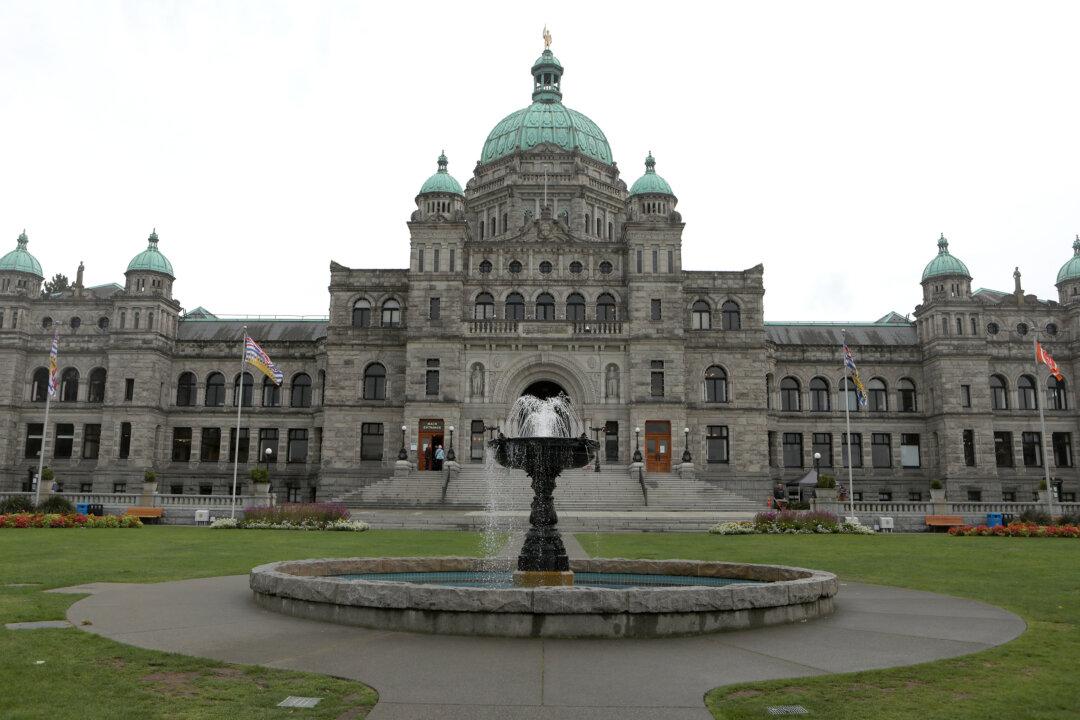As part of its red tape reduction efforts, Nova Scotia has reduced doctors’ administrative burdens so much that they are now available for 600,000 more patient visits annually. The biggest time-waster was writing sick notes, so the province said employers can’t require sick notes for the first two short-term illnesses of the year—those with absences five days or less.
It’s a strong example of how impactful cutting red tape can be, says economist Laura Jones, who helped kickstart initiatives to cut red tape in Canada, which she says began in earnest a little over 20 years ago.





